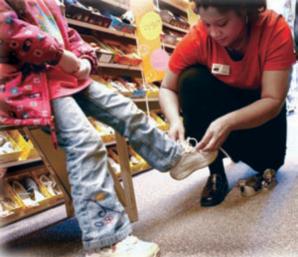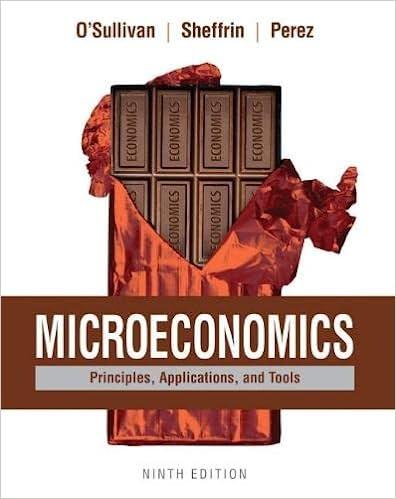Economists have found that tariffs in the United States fall most heavily on lower-income consumers. In the
Question:
Economists have found that tariffs in the United States fall most heavily on lower-income consumers. In the United States, tariffs are very high on textiles, apparel items, and footwear. These goods represent a higher fraction of the consumption of lower-income households than higher-income households. For example, footwear accounts for 1.3 percent of the expenditure of lower-income households, as compared to 0.5 percent for higher-income households.
Moreover, even within these categories of goods for which tariffs are high, the highest tariffs fall on the cheapest products—precisely those that will be purchased by lower income consumers. For example, low-price sneakers face a 32!percent tariff whereas expensive track shoes face only a 20!percent tariff. In general, to protect U.S. industries, tariffs are highest on labor-intensive goods, goods that use relatively more labor than capital. But these goods tend to be lower priced. That is why tariffs do fall disproportionately on the poor.

Question.
Do tariffs (taxes) on imported goods hurt the poor disproportionately?
Step by Step Answer:

Microeconomics Principles Applications And Tools
ISBN: 9780134078878
9th Edition
Authors: Arthur O'Sullivan, Steven Sheffrin, Stephen Perez





